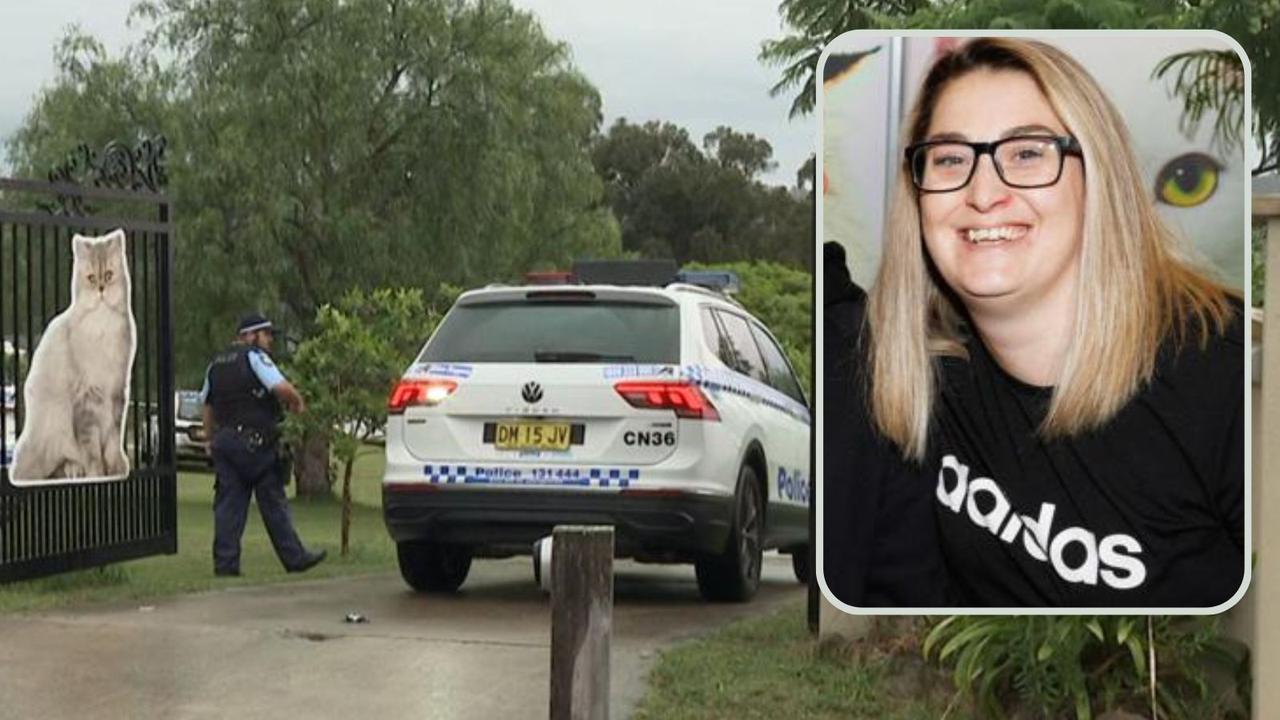Teacher shortage: Principals forced to scrap subjects, increase class sizes
Principals will this week be forced to increase class sizes and scrap subjects because there are not enough teachers to fill vacancies days before classes start.
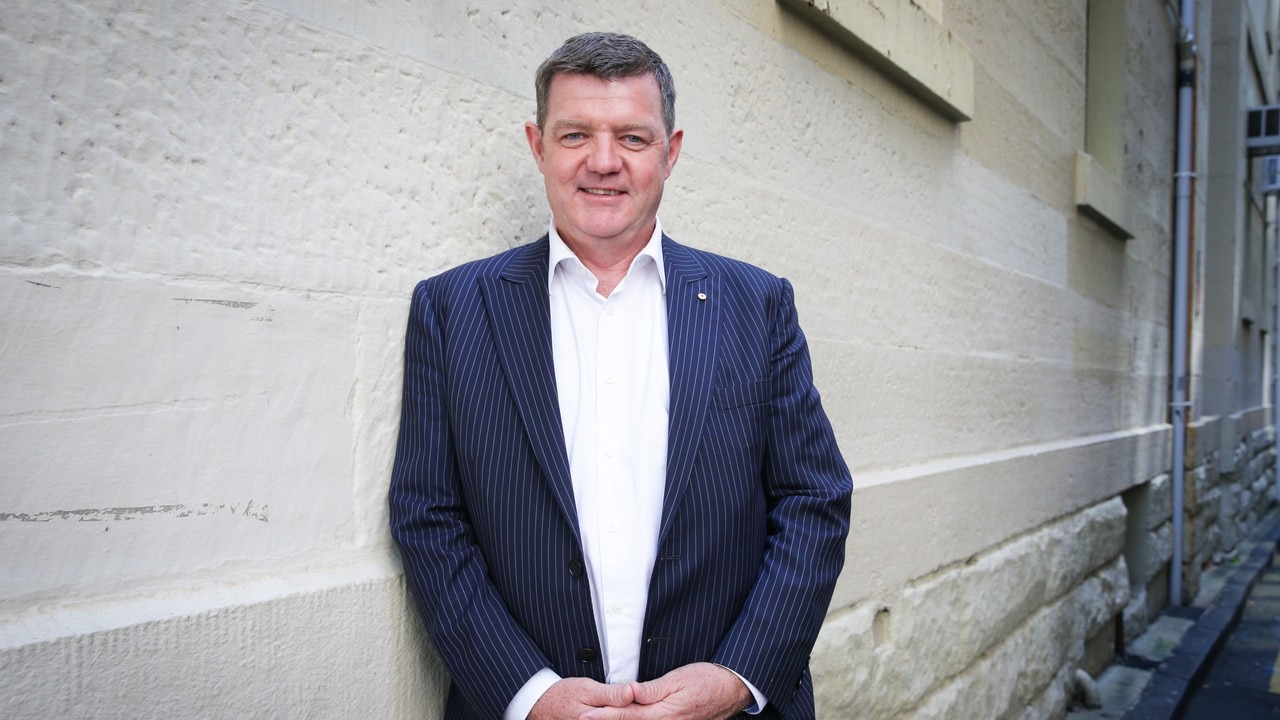
NSW
Don't miss out on the headlines from NSW. Followed categories will be added to My News.
Three days before school starts principals are struggling to find enough temporary teachers to fill more than 1200 permanent vacancies.
Principals this week will be forced to increase class sizes and scrap subjects because there are not enough teachers.
The teacher shortage is a full-blown crisis, according to NSW Secondary Principals’ Council president Craig Petersen.
“We are not heading towards a crisis, we are already in crisis,” Mr Petersen said.
The public school system was short 1250 permanent teachers at last count on Friday, January 15, although the government does not know how many principals have recently employed temporary or casual teachers as a stopgap measure.

The shortages are spread across the state but are most concentrated in the “Metro North” school zone that encompasses the northern beaches, Hills district and Mt Druitt where there were 236 vacancies, as well as the “Rural South and West” zone that includes Albury, Wagga Wagga and Queanbeyan where there were 194 vacancies.
The number of permanent teacher vacancies has actually fallen slightly since the same time last year and only represents two per cent of the entire teacher workforce, but principals and union officials claim there are not enough non-permanent teachers available or willing to plug the gaps.
The education department has lost control of staffing, according to the NSW Teachers Federation, as young teachers no longer consider cutting their teeth in harder-to-staff schools to accumulate “transfer points”, the best way to land a plum posting.
Instead, young teachers now prefer to pick up casual and temporary jobs at the school of their choice and build rapport with the principal to nab the next permanent job on offer.
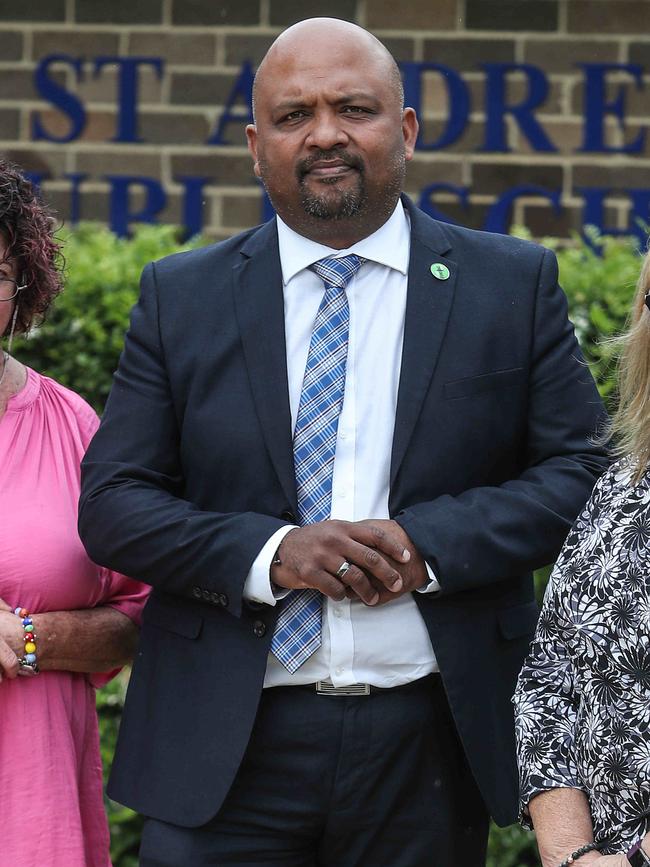
“The NSW public school system once had a reliable and effective teacher transfer system that ensured suitably qualified teachers were permanently allocated to all schools – both hard to staff and favourable areas,” NSW Teachers Federation Deputy President Henry Rajendra said.
“It gave confidence to teachers that should they decide to uproot and move to harder to staff areas of the state, they had a likely chance to transfer back home after a minimum period of service.
“This has since diminished due to the (education) department walking away from this responsibility, cutting staffing officers, putting more of the pressure on principals, shifting blame to them and ultimately saving money.”
Education Department Deputy Secretary Murat Dizdar rejected the NSW Teachers Federation’s explanation for the shortages, as only one in two hires were at the discretion of school principals.
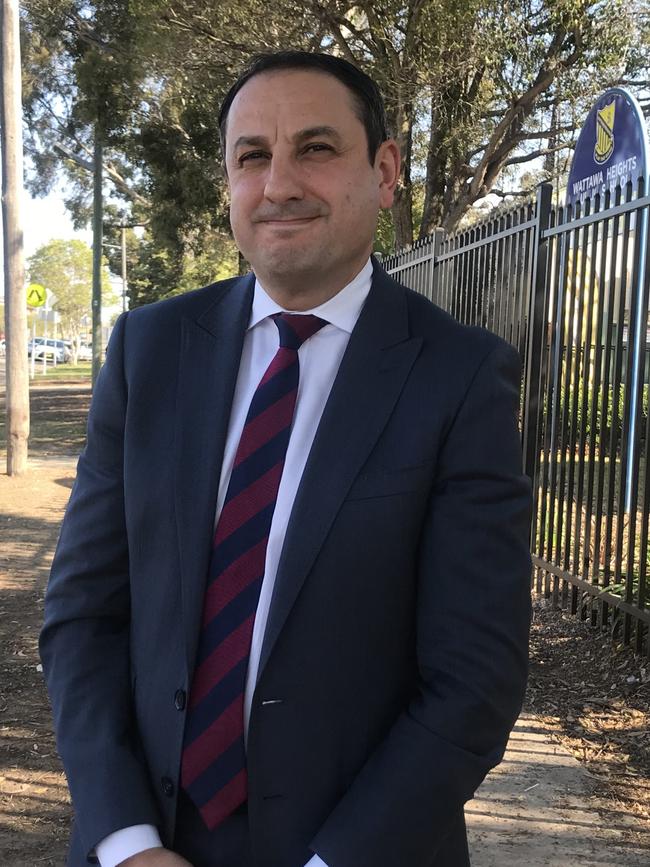
“It is a furphy to claim positions are just filled by local recruitment. They are not,” Mr Dizdar said.
“With our staffing agreement we strike a 50-50 balance between giving principals a say in hiring and retain the power to centrally appoint teachers.”
Craig Petersen agreed schools were struggling to find non-permanent teachers to fill yawning gaps in their roster, but believed the main reason was because the school funding model incorrectly rewards principals who hire temporary or casual teachers over permanent teachers.
Principals can spend equity funding to create new permanent teaching positions but they have to guarantee the position will be ongoing indefinitely, so they prefer to hire temporary and casual teachers on a short-term basis in case the needs of the student body change.
The surge of demand for temporary and casual teachers to fill vacancies in the permanent workforce will make it hard for schools this year to find relief teachers this year, according to Mr Petersen.
The government has also committed to hiring 5500 additional tutors to help disadvantaged students catch up on the learning they lost during the COVID-19 lockdowns, which is also likely to compound the crunch.
According to an education department spokesman, the “tightening of teacher availability in certain areas of the state” can be put down to significant growth in teacher demand and differences between the location of teaching positions and the locations in which teachers are willing to work.
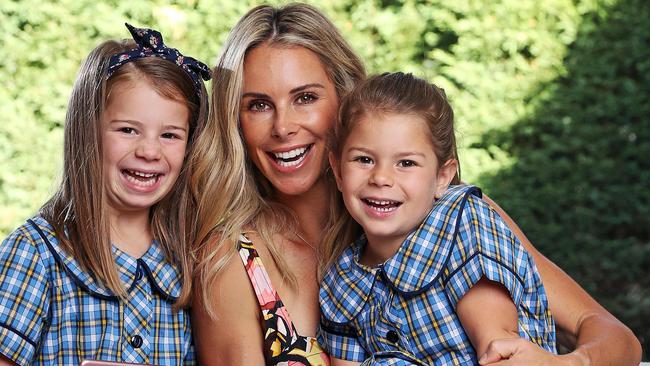
LESSONS IN LIFE HELP US IN SCHOOL
– By Jonathan Moran
With cricketer David Warner expected to spend much of this year on the road, missing the Big Bash is a small sacrifice to make to be with his family.
Like many parents across the country, Warner and former ironwoman and surf life saver wife Candice are preparing for middle child, Indi, to start school this week.
“For so long Indi was our little baby so to see her start school will be emotional,” Candice Warner told The Sunday Telegraph. “I am excited that Dave won’t be playing cricket so that he can spend time with his family before he goes away in February for what looks to be a very long time this year. The fact that he will be there for Indi’s first day of school means a lot to all of us.”
Routine and scheduling is important to Candice with her husband on the road for much of the year.
The couple’s eldest, Ivy, started school last year, while their youngest, Isla, will turn two in June.
“We have a routine in how we go about our day, but that doesn’t mean that it isn’t fun,” Warner said. “All it means is we eat at a certain time, bath at a certain time and they go to bed at a certain time. But throughout the day, it is all about play and learning.”
Warner, who has partnered with ABC Reading Eggs’ back to school campaign, continued: “That is why travel, pre COVID, was so great for us. The girls were always learning about different cultures, different currencies, different transport in different countries, different foods. The girls are always learning but they’re doing it in a fun environment.”
More Coverage
Originally published as Teacher shortage: Principals forced to scrap subjects, increase class sizes




